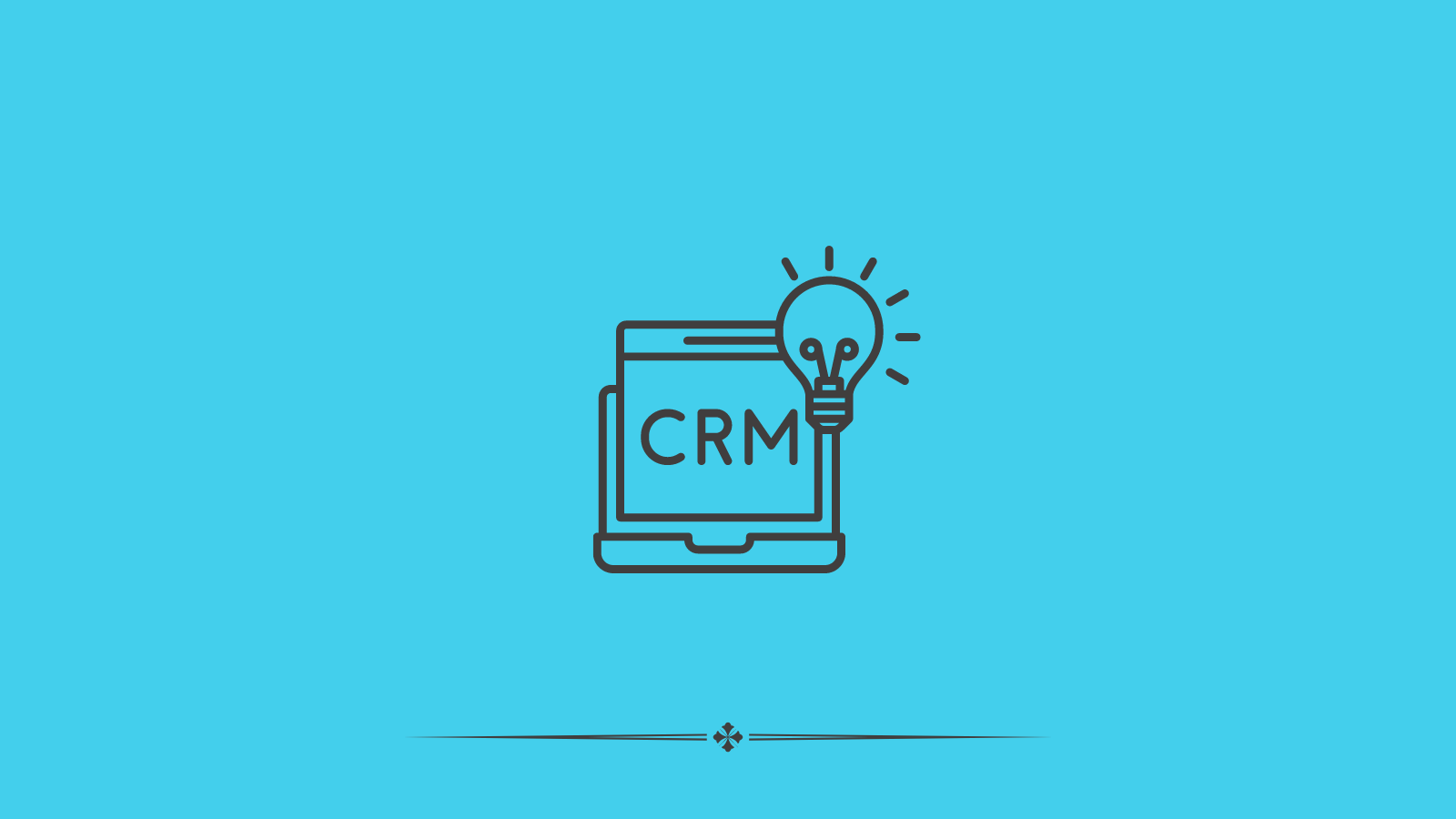10 Steps to Develop a Winning CRM Strategy for Growth
The success of a business depends on the customer retention. A better CRM strategy is crucial for businesses that want to grow in a competitive market with strong customer relationships.
Are you also planning to develop a winning CRM strategy for your business growth? However, confused about what are the steps and factors to consider when creating a CRM strategy.
This blog will explore steps in developing a winning CRM strategy for growth.📈
🔐KEY HIGHLIGHTS
- CRM Strategy is a comprehensive plan to increase revenue and enhance customer relationships using CRM technology.
- CRM systems are necessary for businesses to collect valuable data, improve customer service, and improve tasks with automation.
- Creating a winning CRM strategy includes several steps, such as developing a CRM strategy goal, identifying the target customer, outlining the customer journey, selecting the right CRM system, etc.
- Before developing a CRM strategy, you must consider factors such as refining your goal and vision, auditing your customer data, and integrating your system and data.
Chapters
What is CRM Strategy?

A CRM (Customer Relationship Management) strategy is a plan for a business to grow its revenue and enhance customer relationships using specific actions and technology. In simple terms, it is all about building strong bonds with existing customers and finding ways to attract new ones.
However, a CRM strategy isn’t only about keeping your customers happy. It can also take your business to new heights. It centralizes customer information from various sources on a single platform and shares the collected information among team members, which helps in the decision-making process.
What Makes a Successful CRM Strategy?
Several key factors for managing and improving customer relationships, such as a customer-focused approach, effective communication, channel integration, continuous measurement, and improvement, make a successful CRM strategy.
To develop a successful CRM strategy, you need to start with a clear objective or goal for the CRM strategy. Remember, CRM strategy must be customer-focused because its ultimate goal is to retain existing customers and attract new potential customers.
After creating a CRM strategy, you should select the best CRM tool that fits your business and goal. CRM tools must have better integration features and provide effective communication between customers and employees. When the CRM strategy has been implemented, you should evaluate its performance and redefine it if it is not achieving the desired results.
Why a CRM system is Necessary for your Business?
The CRM system is necessary for your business because it helps you track your customers throughout their entire lifecycle and centralize all customer details in one dashboard so that all your teams can access the same information. More than this, businesses can get the following benefits with CRM systems:
Collect and Organize Data
CRM systems collect and store data of each individual in record. The whole team can access customer information, such as call details, emails, contracts, offers, etc., on a single platform. With this data, you can easily target your right audience.
Improve Customer Service
CRM software provides detailed information about customers, such as past purchasing history, preferences, likes, and dislikes which is essential to find out the solution to their queries. Transparency with customer details makes it easy to satisfy and improve customer service.
Enhance Communication
CRM tools enhance both internal and external communication between employees and customers. CRM provides detailed customer information to all team members, which helps in the decision-making process. The synergy between CRM and VoIP systems transforms communication into a strategic asset, empowering businesses to deliver exceptional customer experiences while optimizing internal workflows.
Improve Task Automation
Robust CRM tools enable repetitive task automation to save time and effort. Automating daily tasks helps increase productivity and efficiency in an employee’s performance, which generates more revenue.
Analytics of Sales Process
With CRM tools, we can overview detailed and in-depth information regarding sales activities. A robust CRM software tool tracks and monitors your email drip campaigns. It helps you find the maximum sales-generating source and helps the sales team to achieve higher sales.
How to Create a Winning CRM Strategy in 10 Steps

Every business, large or small, has its own unique working process to achieve desired goals. Hence, the plan for managing customer relationships is different too. However, there are certain steps every business can consider to create a CRM strategy that fits their business perfectly.
Some of those winning CRM strategies include;
1. Develop CRM Strategy Goal
First, you must identify what goal you expect to achieve with CRM strategy before making it. The goals can be increasing sales, retaining customers, gaining higher productivity, satisfying customers, etc.
The goal you wish to achieve must be SMART (Specific, Measurable,Achievable, Relevant, and Time-bound) and align with the overall business goals. CRM strategy goals keep you focused on business goals.
2. Identify Target Customer
After developing a goal, it is crucial to identify your targeted customer. For this, you can create buyer personas that represent the customer data, such as demographics, personality, needs, interests, preferred channels, motivations, likes and dislikes, etc.
Looking at buyer personas gives an overview of your customers and what they want from you. A clear understanding of target customers saves time for sales and marketing teams and maintains strong relationships with customers.
3. Outline Customer Journey Map
Once you figure out who your target customers are, you should map their whole journey from first contact to making a purchase. Look at their age, interests, and where they spend time online to understand them better.
Creating a customer journey map includes four stages: awareness, consideration, decision, and loyalty. While outlining the customer journey map, ask yourself some important questions: Who talks to them at each step? How can we make these talks better? Do they prefer emails, phone calls, or text messages while communicating? What kind of content do they like most or least? What problems do they face? Then, use these answers to ensure their journey matches your ideal customer.
4. Plan 360-degree Customer Experiences
In the fourth step, you need to prepare a plan to provide a 360-degree customer experience. This includes customer interaction with the brand, social media activities, purchasing activities, etc.
You should also check the roles and responsibilities of team members and determine how they can aid in making the customer experience better. For example, check if the sales team has tools to automate the sales process. Make sure your sales team, marketing team, and customer service team are working to engage customers throughout their lifecycle.
5. Select the Right CRM System
You also need to select the right CRM software tool for creating a winning CRM strategy. The right CRM has all the features you need and aids you in tracking customer interactions.
Before purchasing any CRM software, determine the number of users who will use it, the size of your business, your budget, and the features you need. After that, select the right CRM software that is cost-friendly for your business size and has the features you need.
6. Improve Marketing With CRM Data
A CRM provides data with valuable insights into customer’s behavior regarding marketing campaigns. It includes information like customers’ responses, customer response channels, buying habits, etc.
By reviewing previous marketing data, the marketing team should re-lunch better marketing campaigns to improve customer experience and increase workflow.
7. Train and Empower Team Members
Team members also play a vital role in the success of CRM strategy. Hence, make sure you have the right people involved. Involve your sales, customer support, and marketing teams, especially those in SaaS software sales jobs, in the CRM strategy.
After that, you need to provide support and resources to the team members involved. A one-time training session isn’t enough. Keep reminding everyone why the strategy is important, and if you’re using CRM software, make sure everyone knows how to use it. With a well-trained team, you’ll be all set to handle anything that comes your way. You’ll give your customers amazing experiences and help your business grow.
8. Deliver Personalized Customer Experiences
Now that you know what each customer likes and needs, their past interactions, and, right CRM software, it’s time to deliver a personalized customer experience. Personalized customer service improves the customer experience, eventually increases revenue, and creates brand loyalty.
The simple way to deliver personalized is to group customers based on their interests and send them personalized messages or recommendations. This helps build better relationships with customers, making them happier and more likely to stick with us. It is said that about 80% of consumers prefer to buy from a brand that provides a personalized experience.
9. Reduce Cost With Automation
When you have a general idea of customer touchpoints, you can use automation for repetitive administrative tasks to stay in touch with customers. Automation can also be used for CRM marketing, such as informing customers about offers, new products, etc.
With automation, you can set up the template with your own tone of voice, which saves time and effort. Automating the sales process reduces errors and provides extra time for sales representatives.
10. Track Performance to Improve
Track your team’s performance through CRM reporting and analytics features of CRM software. It is important to track the team’s performance to ensure the company is achieving its CRM strategy goal.
Using a CRM dashboard, you can analyze what is happening and what can be done to achieve goals. It helps to redefine CRM strategy goals to improve customer relationships if an existing goal is not working.
Customer Strategy Example

CRM (Customer Relationship Management) strategies are essential for business success in today’s context. It defines business success and customer retention.
Some examples of a business that has a strong CRM strategy are:
Amazon
Amazon is known for its exceptional customer service. It collects and analyzes data to make better recommendations to its customers and provide the best shopping experiences. Their CRM strategies include long-term customer retention and loyalty, personalizing preferences, and improving customer service.
Starbucks
Starbucks implements a strong CRM strategy to enhance customer satisfaction and loyalty. Their CRM strategies include reward programs for loyalty, personalizing customers’ preferences, and related recommendations. They collect data from customers to make strategies to improve customer service, launch marketing campaigns, increase customer retention, etc.
What do you need before developing a CRM strategy?
Here are some factors to consider before developing a CRM strategy:
- Audit your Business: Before making a CRM strategy plan, you must know the strengths weaknesses, opportunities, and threats of your business.
- Redefine Vision: You must develop a goal and vision for what you want to achieve, such as higher revenue, improvement in customer experience, etc.
- Audit your Customer Data: Know your target customer’s expectations, preferences, and feedback and find a way to interact with them.
- Integrate your System and Data: Integrate available data with the system and ensure the team can effectively fulfill its roles and responsibilities.
Conclusion
A CRM strategy helps a business grow and succeed and keeps its customers happy. Following the steps we’ve discussed can help you create a winning plan that focuses on your customers and boosts your revenue. Remember, your strategy should always put your customers first and make every interaction count.
When you’re putting your plan together, think about things like how your business works, what you want to achieve, and the info you have about your customers. And don’t forget about finding the right software to help you manage it all.
KrispCall is a great option because it works seamlessly with platforms like HubSpot and Zapier, making it easier for you to connect with your customers and get things done. With KrispCall, you can make sure your CRM strategy helps your business thrive in today’s competitive market.
FAQs
What is a CRM System?
CRM system is a software for managing interaction with existing and potential customers to generate more revenue, maintaining and improving customer. Some examples of CRM systems include HubSpot, Pipedrive, Salesforce, Zoho, Zendesk, etc.
What are the benefits of creating a CRM Strategy?
The benefits of creating a CRM strategy are:
- It helps to deliver an exceptional customer experience
- It helps identify the best opportunities for a sales team
- Increase revenue.
- Aids in better marketing.
What are the common mistakes while implementing a CRM strategy?
The common mistakes while implementing a CRM strategy are:
- Failure to consider software capabilities
- Not able to customize CRM software as per business needs.
- Underutilization of CRM tools and capabilities
- Overcomplicating customer data.
How can a good CRM System improve profits for a business?
A good CRM system improves profit for a business by finding the right customers and offering better customer experiences to them for long-term relationships.
Create more and better content
Check out the following resources and Grow!